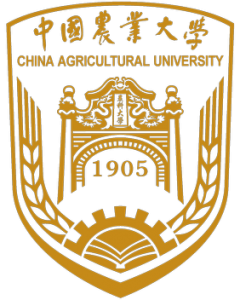Parameterization of the water stress reduction function based on soil–plant water relations

Irrigation Science volume 39, pages101–122(2021)
Rational parameterization of the soil water stress reduction function in root water uptake model is crucial for accurate description of root water uptake and simulation of soil water dynamics in a soil–plant system. In this study, we propose three improvements to a popular transpiration-based approach to parameterize the water stress reduction function in a widely used macroscopic root water uptake model. The improvements are based on the interdependent relationships between soil and plant water status and consideration of effects of (1) relative distribution of soil water to roots on transpiration; (2) differences in growth levels of plants exposed to different levels of water stresses on potential transpiration; and (3) hysteresis of water stress on parameter optimization through identifying and discarding the data involved in the recovery periods when the discrepancy between soil and plant water availability is significant. Lysimetric experiments with winter wheat planted alternatively in greenhouse soil columns and in a field were conducted to test the proposed improvements. Through minimizing the residuals between the measured and estimated actual transpiration, the optimized parameterization was used to set up the root water uptake model. Thereupon, actual transpiration and relative transpiration were estimated and soil water content distributions were simulated. The estimated actual (RMSE ≤ 0.09 cm day−1) and relative (RMSE = 0.06) transpiration agreed well with the measurements. The simulated soil water content distributions also matched the measured values well for both experiments (RMSE ≤ 0.023 cm3 cm−3). Omitting any of the three proposed improvements reduced the estimation accuracy of relative transpiration, as the individual contribution ratio for each improvement was between 21.2 and 51.2%. The improvements should be reasonable in providing rational parameter estimation for the water stress reduction function, from which root water uptake models can be established to accurately evaluate plant transpiration and simulate soil water flow in a soil–plant system. The parameterization strategy for the water stress reduction function of root water uptake not only benefits accurate evaluation of plant transpiration under drought conditions but also contributes to further study and description regarding the apparent hysteresis of root water uptake after re-watering.

0 comments